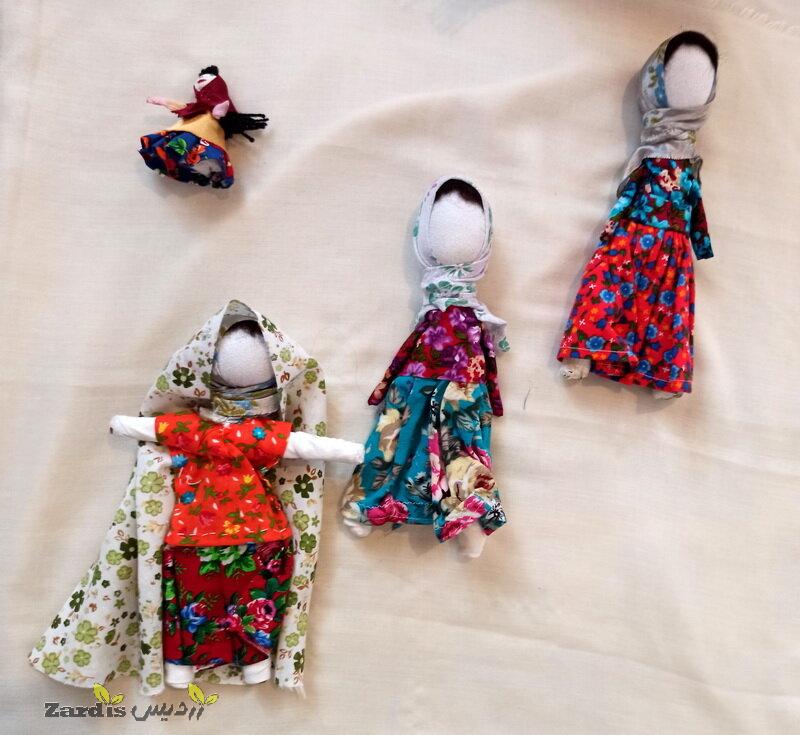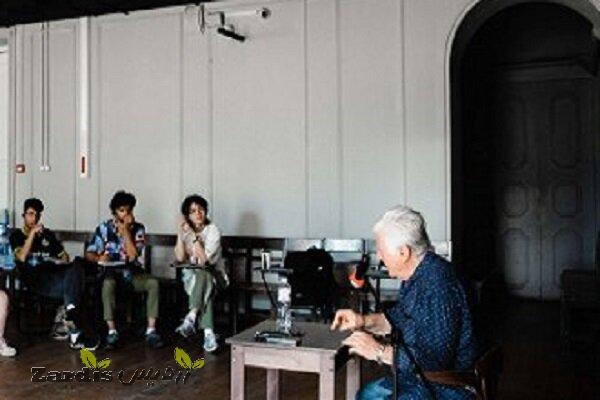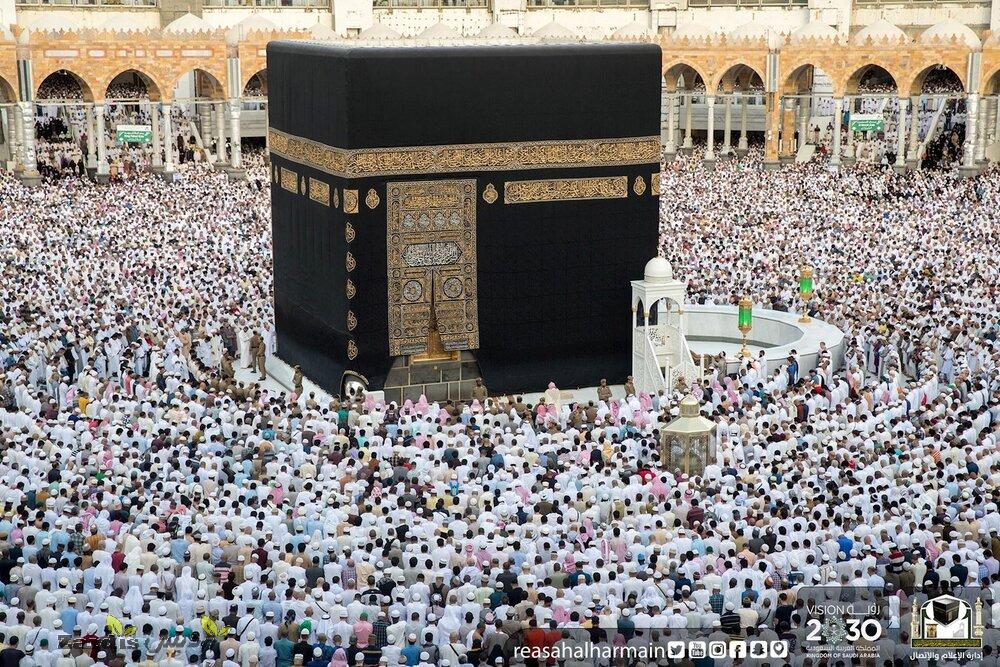TEHRAN –A total of eight new cultural elements, which are practiced in the northwestern province of Qazvin, have been inscribed on the national intangible cultural heritage list.
The Ministry of Cultural Heritage, Tourism, and Handicrafts on Saturday announced the inscriptions in an official document it submitted to the governor-general of the province, CHTN reported.
The talent of making doimaj, the skill of making Aloulak dolls and the skill of making Arsuleh Ash were among the items added to the prestigious list.
Qazvin was once the capital of the mighty Persian Empire, under Safavids, from 1548 to 98. It is a major tourist destination with a wonderfully restored caravanserai-turned-arts precinct, some quirky museums, and a handful of decent eating options. For most travelers, Qazvin is also primarily the staging point for excursions to the famous Castles of the Assassins and trekking in the sensational Alamut Valley.
Also known as the castle of the Assassins, the 12th-century Alamut castle is nestled on top of a peak. It was once a shelter for the followers of Hasan-e Sabbah (1070–1124) who was a spiritual leader of an Islamic sect. In the early 1930s, British-Italian explorer and travel writer Freya Stark described her exploration of the place in her book “The Valleys of the Assassins”.
Qazvin is also home to one of the biggest roofed caravanserais of the country, Sa’d-al Saltaneh caravanserai. Dating back to the Qajar era, it’s a place for discovering tens of Hojreh or shops, cafes, yards, and a stunning mosque. It’s a place for visitors who want to experience the culture, culinary, and hospitality of Iran.
ABU/MG
Zardis news | The latest news of Iran and the world
تمامی حقوق مطالب برای "Zardis news"محفوظ است و هرگونه کپی برداری بدون ذکر منبع ممنوع می باشد.
طبق ماده 12 فصل سوم قانون جرائم رایانه ای کپی برداری از قالب و محتوا پیگرد قانونی خواهد داشت.







